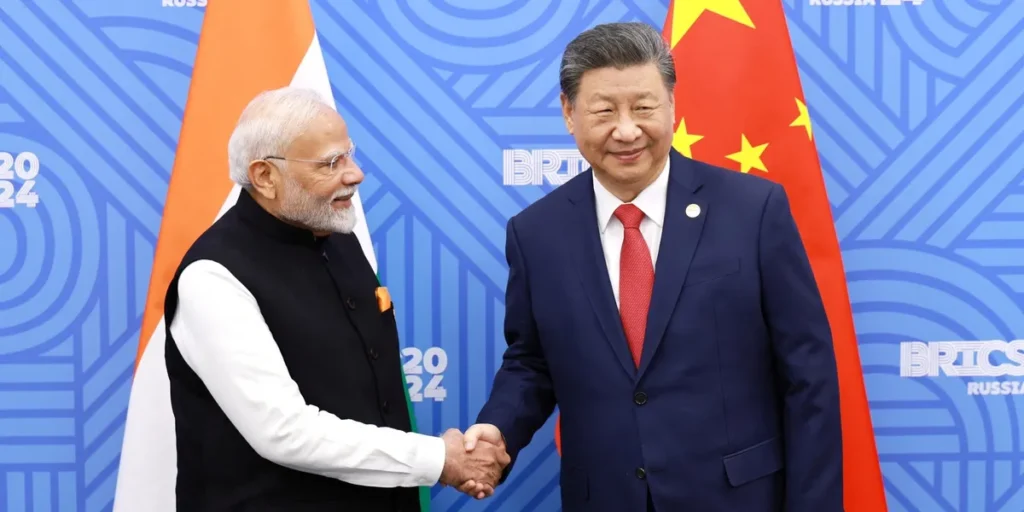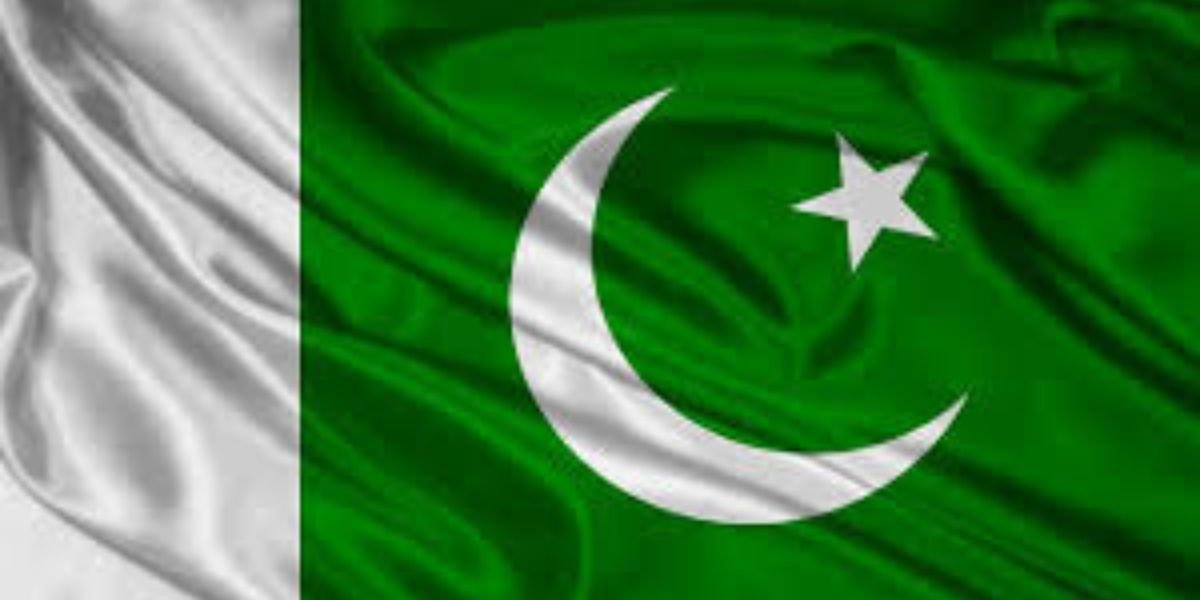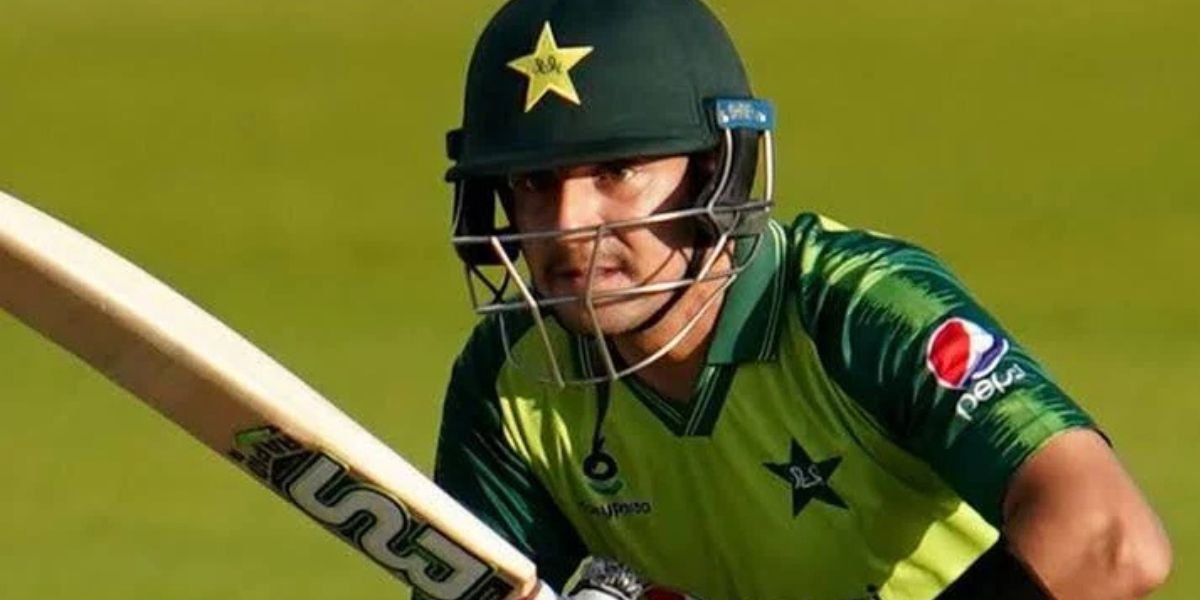In a striking shift in foreign policy posture, Indian Prime Minister Narendra Modi is set to visit China from August 31 to September 1 to attend the Shanghai Cooperation Organisation (SCO) summit in Tianjin — marking a dramatic reversal from his earlier hardline stance against Beijing following the deadly Galwan clashes of 2020.
The trip, Modi’s first to China since 2019, comes at a time when India finds itself increasingly cornered on the global stage. From the decisive military setback in May — when Pakistan reportedly shot down Indian Rafale fighter jets and other aircraft during a brief but intense conflict — to growing Western pressure over New Delhi’s oil trade with Russia, India’s international standing appears to be on a downward trajectory.
In recent months, the fallout from the May war has severely dented India’s strategic image. The loss of advanced French-built Rafales, once touted as a game-changer for Indian air power, was seen by many analysts as a humiliating blow. Pakistan’s success in neutralizing these aircraft not only rattled the Indian military establishment but also exposed gaps in India’s much-hyped defence capabilities.
Following these events, the symbolism of Modi now travelling to China — a country he pointedly avoided visiting after Galwan — is hard to ignore.
A Diplomatic Retreat
Modi had last visited China in 2019, and while he briefly met Chinese President Xi Jinping on the sidelines of the BRICS summit in Kazan in 2024, bilateral relations remained largely frozen. Now, his decision to attend the SCO summit in person is being viewed by many as a step towards normalization — or even appeasement — at a time of strategic vulnerability.
The visit also comes against the backdrop of a new economic squeeze from the United States. President Donald Trump recently announced a substantial hike in tariffs on Indian goods, citing India’s continued purchase of Russian oil and calling it a “bad trade partner.” The White House’s rhetoric has been harsh, accusing India of “financing the Russian war machine.”
With Washington turning hostile and Moscow already deep in its own crises, India’s sudden diplomatic outreach to China appears to be a calculated move to regain balance. However, critics argue it is less a strategy and more a reaction to a series of foreign policy miscalculations.
The SCO Backdrop and Pakistan’s Presence
India’s decision to attend the summit also raises eyebrows due to China’s overt support for Pakistan within the SCO framework. Just this past June, Indian Defence Minister Rajnath Singh walked out of an SCO defence ministers’ meeting after the joint statement failed to mention the April 22 Pahalgam incident that killed 26 Indians.
Pakistan is expected to have high-level representation at the Tianjin summit, placing Modi in an uncomfortable diplomatic triangle.
With tensions high and public sentiment still raw over the May war losses, the optics of India extending a hand while simultaneously being isolated in multilateral forums could send a further signal of diplomatic retreat.
From Strength to Uncertainty
For years, the Modi government projected itself as a confident regional power — confronting China at Doklam, clashing at Galwan, and isolating Pakistan diplomatically. But the events of 2025, especially the military losses and growing Western economic pressure, have reshaped the playing field.
Foreign policy experts say this pivot to China, once unthinkable under Modi’s leadership, is an indication that New Delhi is scrambling for relevance in a world where it can no longer lean unchallenged on its past narrative of strength.
Prime Minister Modi’s upcoming visit to China might be pitched as part of a broader regional engagement. Still, to many observers, it reflects a deeper crisis in Indian foreign policy — one that began with a war India didn’t win, and now continues with a diplomatic posture it can’t afford to maintain.





